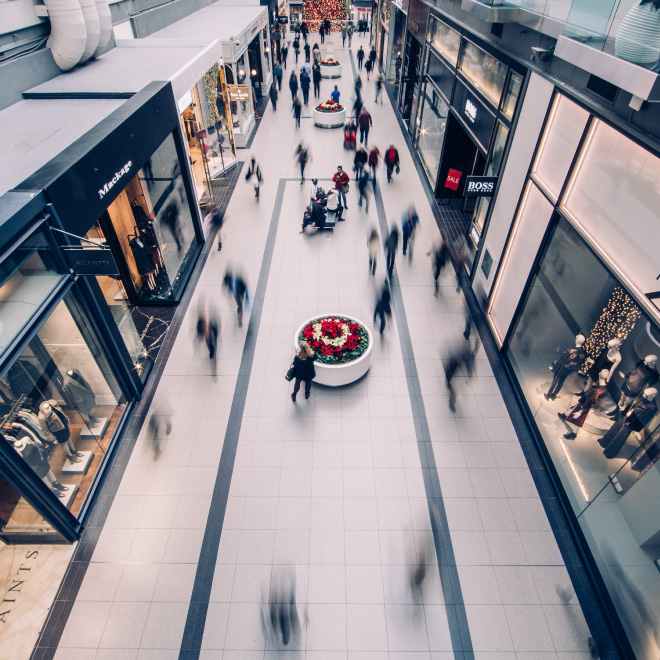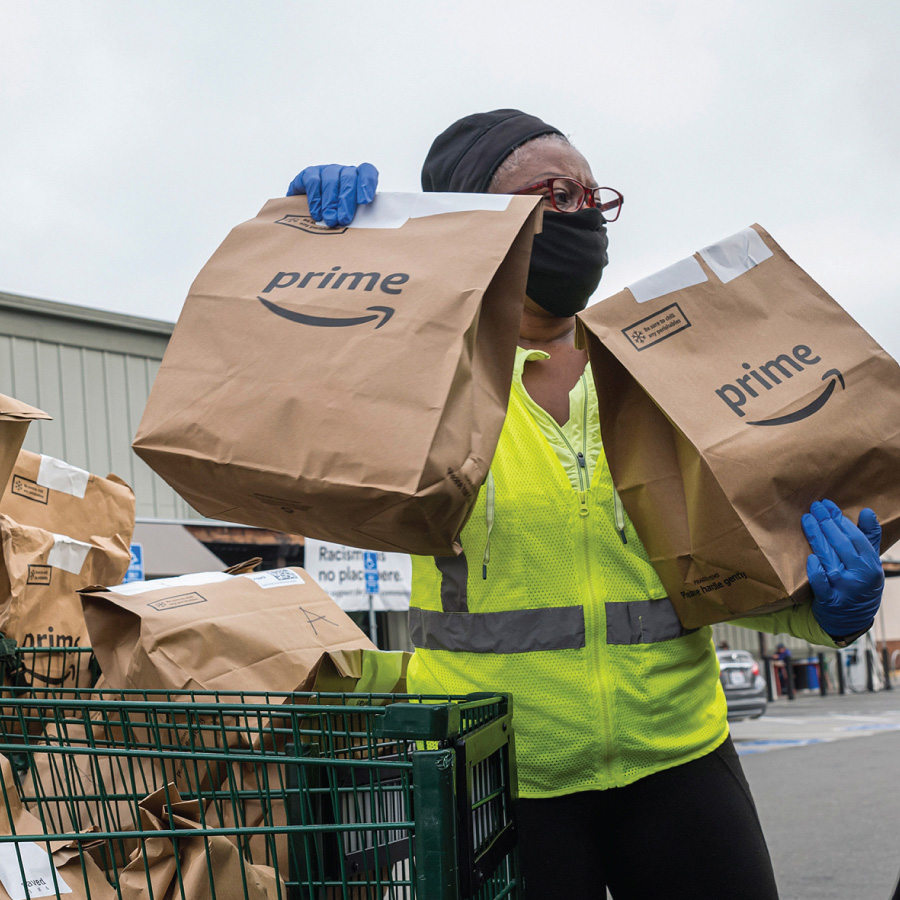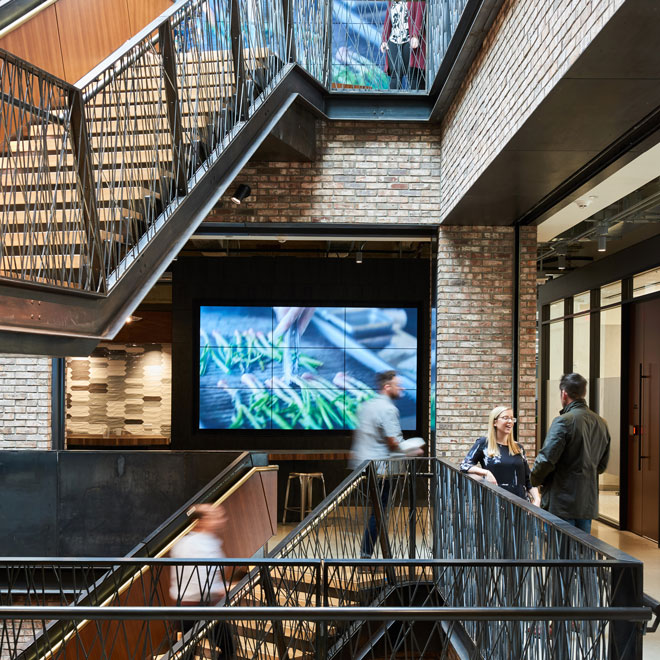
How to Save Today’s Mall
Navigating the Changing Landscape of Retail Spaces in the Digital Era
Estimated Read Time: 4 Minutes
On Cyber Monday, the retail industry achieved a new milestone–the single largest e-commerce day on record with $10.8B in sales! According to a report from Creditntell, this represented a 200% increase from 2016 Cyber Monday sales. However, traditional brick-and-mortar stores faced a steep challenge. Sensormatic Solutions shared that physical store traffic declined 49% for the four-day holiday weekend. As the retail landscape transforms, malls find themselves at a crossroads, requiring innovative solutions to thrive in the digital age.
Understanding the Shift: Challenges and Questions
The surge in e-commerce and dwindling in-store traffic pose unprecedented challenges for traditional malls. Department stores, once pillars of these properties, are closing, and consumers are looking for new points of engagement and authentic direct-to-consumer brands. Coupled with the pandemic’s impact, mall owners, investors, and developers grapple with critical questions:
- What will drive consumers back to brick-and-mortar stores?
- What types of retail will emerge from this pandemic?
- What do communities want from their malls?

Traditionally malls served as communal hubs for shopping, dining, and entertainment. Over the past thirty years, savvy developers have shifted their offerings from traditional shopping, focused on department and specialty stores, to new shopping experiences including digitally native brands, exciting food concepts, and larger, more sophisticated forms of entertainment from state-of-the-art movie theaters to water parks and rides. These malls played an important role in the community, providing a place to meet and share experiences, as well as delivering tax revenue that support schools, health services, and police and fire departments. Today, traffic is slowing down, stores are going dark, and consumers are expecting developers to reimagine a new experience to drive footsteps back to the mall. As the landscape shifts once again, the need for revitalization is paramount to maximize revenue.
What Do Consumers Want in Their Mall?
To help developers, owners, and investors move forward, Cushman & Wakefield and WD Partners joined forces, leveraging consumer insights to identify the evolving desires of mall-goers. The key findings point towards several trends shaping the future of malls:
- Food Reigns Supreme: Over two consecutive years, food emerged as the top attraction, with consumers expressing interest not only in restaurants but also grocery stores, farmer’s markets, curated food courts, and quick-service options. Food brings us together. It is an important point of engagement, offers memorable moments, and can be the cornerstone of a community. Food also drives traffic and extends mall foot traffic beyond the conventional store hours. Over 60% of those surveyed focused on this amenity.
- Health and Wellness Drive Interest: Maintaining a strong second position for two years running, 43% of consumers leaned towards wellness, while 36% favored fitness offerings. These concepts include the obvious walk-in medical clinics and gyms, to brands specializing in fitness equipment and apparel.
- New Concepts and Experiences: 35% of consumers sought innovation, experiential retail, and co-working spaces. These include pop-up shops, ax throwing bars, and gaming arenas. Some of these concepts are new additions to the survey illustrating how retail is evolving and focusing on consumer engagement.

Safety and Convenience: Also emerging as an important trend were safety and convenience factors like Buy Online Pick-Up in Store (BOPIS) and Curbside Pick-Up. 44% of those surveyed were looking for speed, convenience, touchless technology, and safety. Consumers also indicated that “green space” would be an important part of engagement. These trends are not surprising given the pandemic’s impact on consumer behaviors and experiences.
Age Driven Insights: When analyzing the data by age, we reviewed the differences between two key groups–Digital Natives (ages 18- 29) and Digital Immigrants (ages 45-60). While both groups prioritized food, notable differences included a 19% spread in fitness and an 18% spread in gaming. Safety, wellness, and co-working spaces resonated across all age groups. Digital Immigrants, who grew up in malls, however, have a greater attachment to the structure and purpose of malls. Digital Natives are looking for a more creative experience overall. They are receptive to new ideas and concepts, especially when based on two premises; food and fitness.

Looking Ahead: The Evolution Continues
The evolution of shopping malls has been an ongoing focus for decades. In the 1980s, we could not have imagined that malls would one day contain brands that extend from high-end dining to fitness to experiential concepts that sell sophisticated technology like phones and laptops. We could never envision trading in our Levi’s for Athleisure. Nor would we believe that we could work out at our gym and then grocery shop in the same place. The next evolution will bring new and exciting experiences that will differentiate the new decade from the last. Retail is an evolving ecosystem where consumers explore and experience brands, and malls are one of the most important hosts of that experience.

 Lee Peterson
Lee Peterson


